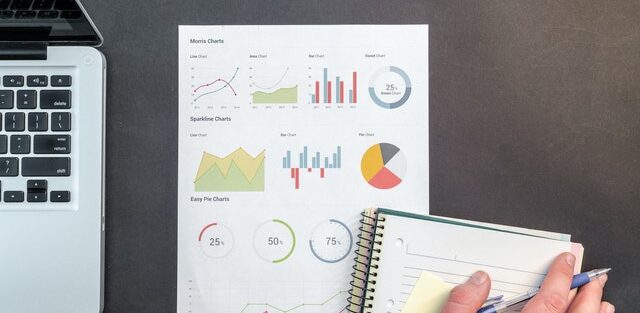Operational costs are undoubtedly a major concern for businesses amid an intense competitive environment and uncertainty in the capital markets. Not just large scale organizations, but even small businesses are being succumbed by constantly increasing expenses. They then increase the raw material cost, fuel surcharges, and other indirect costs per year, on an average. In order to achieve standard market revenue and build their balance sheets, they not only need to earn but cut their expenses.
Data Analytics and Cost Optimization
Identifying the right opportunities for strategic cost reduction across an entire organization can be challenging. Fortunately, data analytics can assist with keeping costs down in several ways. Data is the key analyzer of consumer behavior. It is the “fuel” that drives the digital economies.
McKinsey Global Institute estimated that retailers exploiting data analytics at scale across their organizations could increase their operating margins by more than 60 percent and that the US healthcare sector could reduce costs by 8 percent through data analytics efficiency and quality improvements.
How Data Analytics work in reducing business expenses?
Data analytics uses Business Intelligence and analytical processing methods like predictive analysis and data mining to run multiple queries that scrutinize data and filter based on the requirement.
These are some points businesses should keep in mind when thinking of optimizing costs:
- Digitize the processes, use appropriate algorithms to manage and maintain data which can add value to the business.
- Understand current analysis systems and budgets to improve efficiency and minimize costs.
- Formulate strategies that can handle real-time customer interaction.
- Automate business processes using Business Intelligence, Machine Learning, and Artificial Intelligence.
Here’s how businesses can reduce expenses by leveraging data analytics:
- Understand customer specific approach: Data analytics helps understand the customer preferences by collecting the data via social media or similar platforms. This aids in fast-tracking product design process and hence reduces cost and time to market.
- Reduce inventory management and logistics cost: Having easy access to real-time figures, data and analytics can benefit businesses to optimize transportation and shipping costs. It also gives an opportunity to analyze the inventory stocks and hence achieve cost-effective supply chain.
- Minimize indirect costs: Indirect costs are associated with a company’s operations system like utilities, rent, office supplies, and is not related to products. It is crucial and can’t be reduced all at once, but data analytics provides a white line that informs enterprises of their most substantial indirect expenses which allows them to adopt better practices.
- Monitor cyberattacks and fraud: A report from Radware in 2019, found the average cost of a cyberattack was $1.1 million. A cyberattack can result in a service breach that can have devastating business impacts like wrinkled trust between the user and brand and decreased company assurance, among other adverse effects. Combined with analytics, data can help organizations glean actionable insights to make fraud cases less prominent and narrow down their effects.
It’s not easy to assess where to cut expenses but data analytics can help get a picture of how it can be worked out.
Read more: What is Data Analytics and why It is important for your company?
Get in touch with our experts at sales@daaslabs.com, if you are willing to employ data as your business transformation key.




